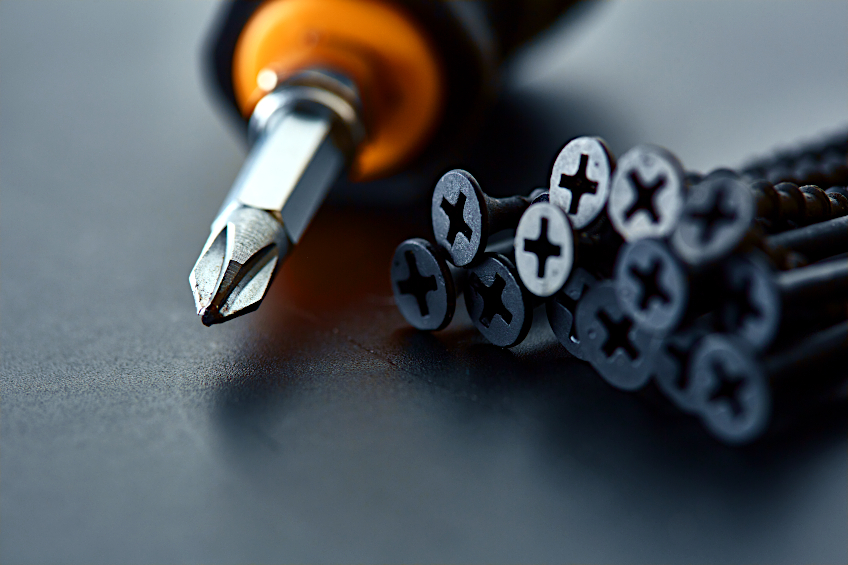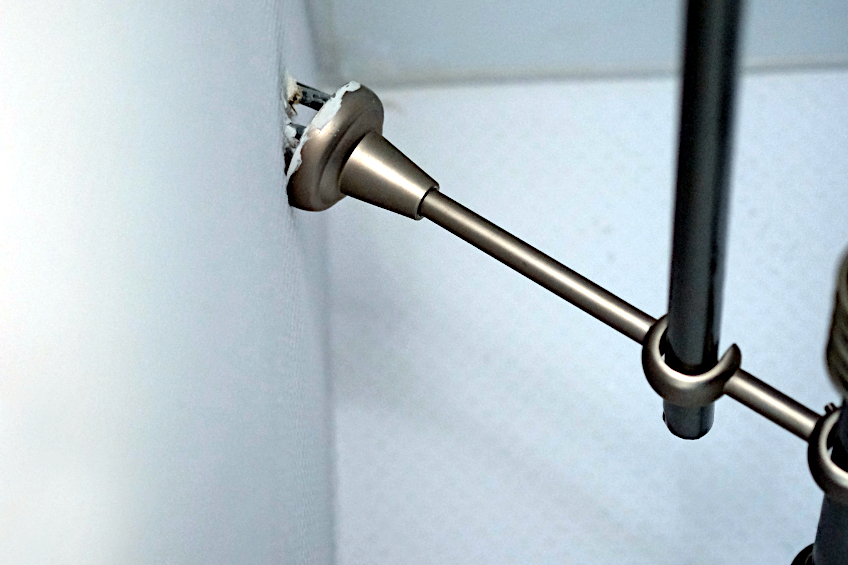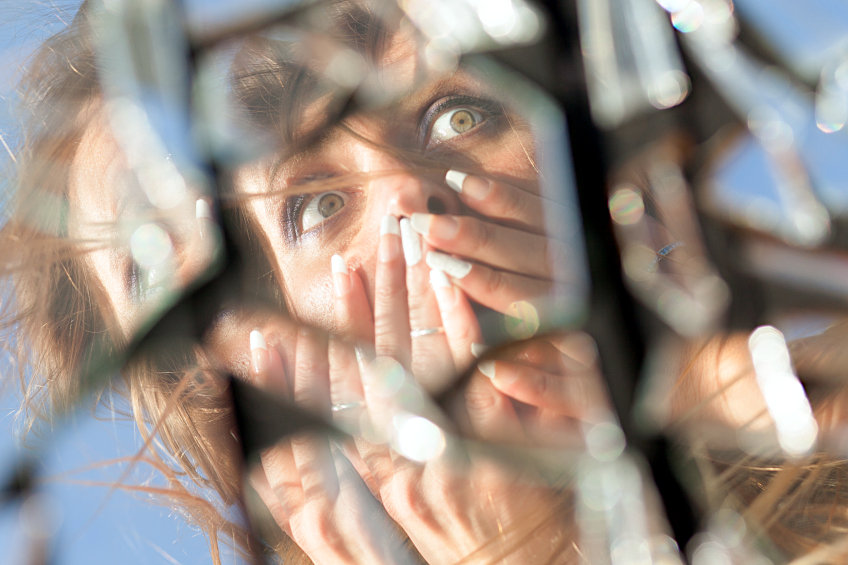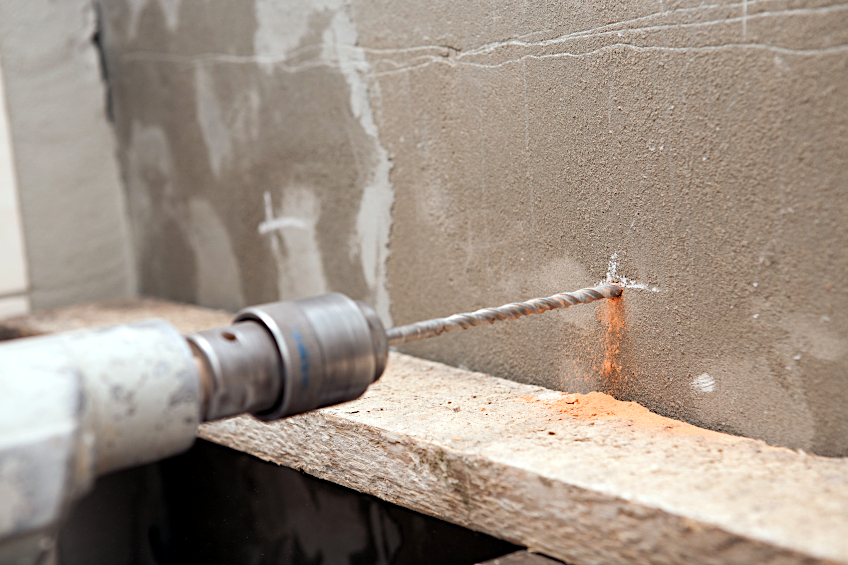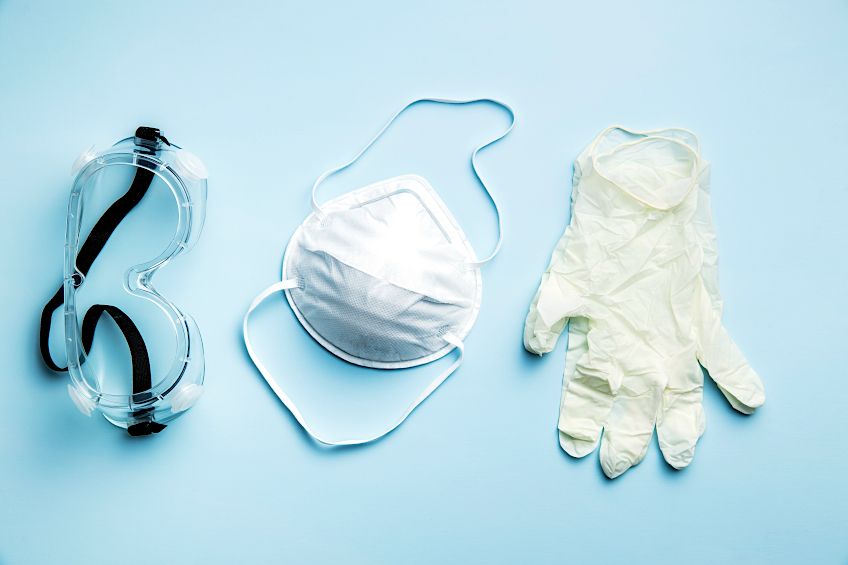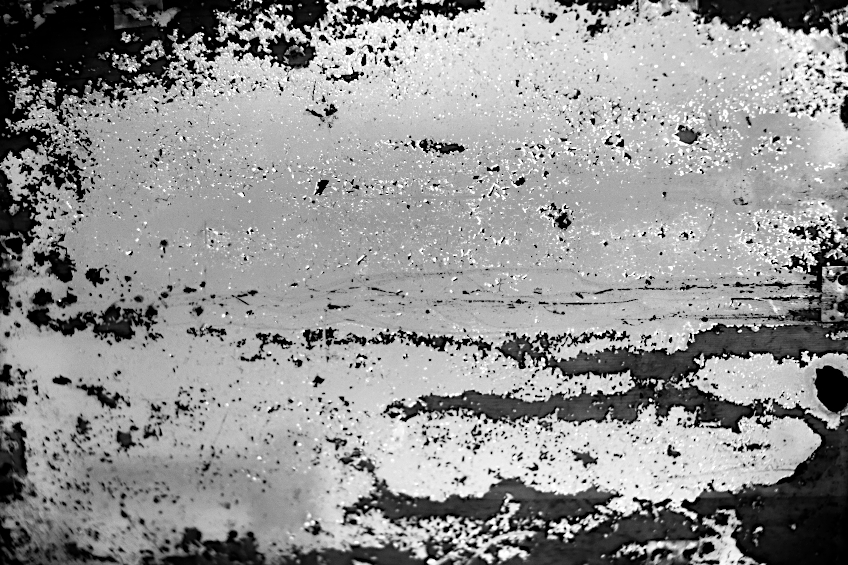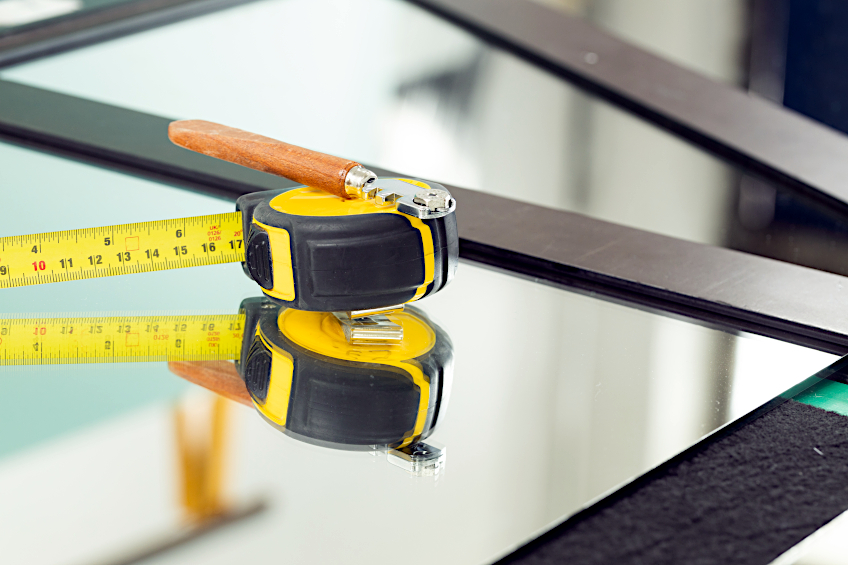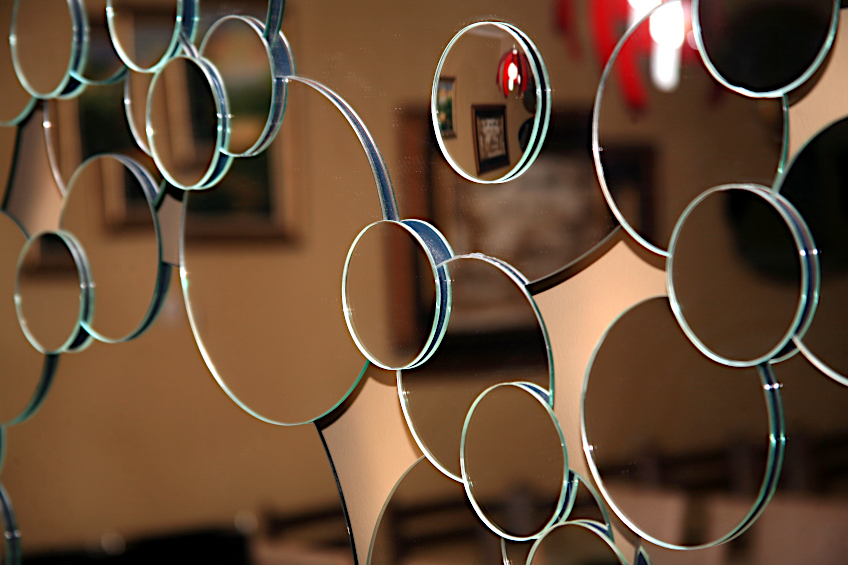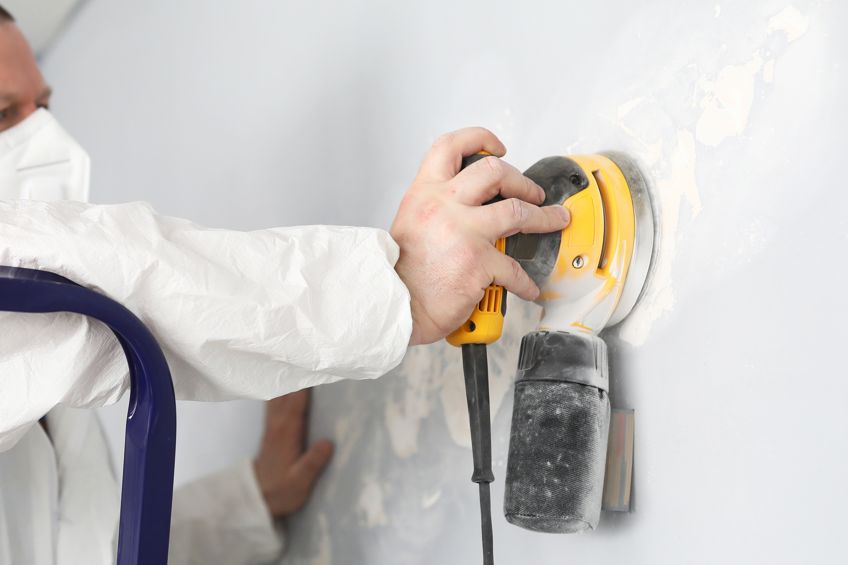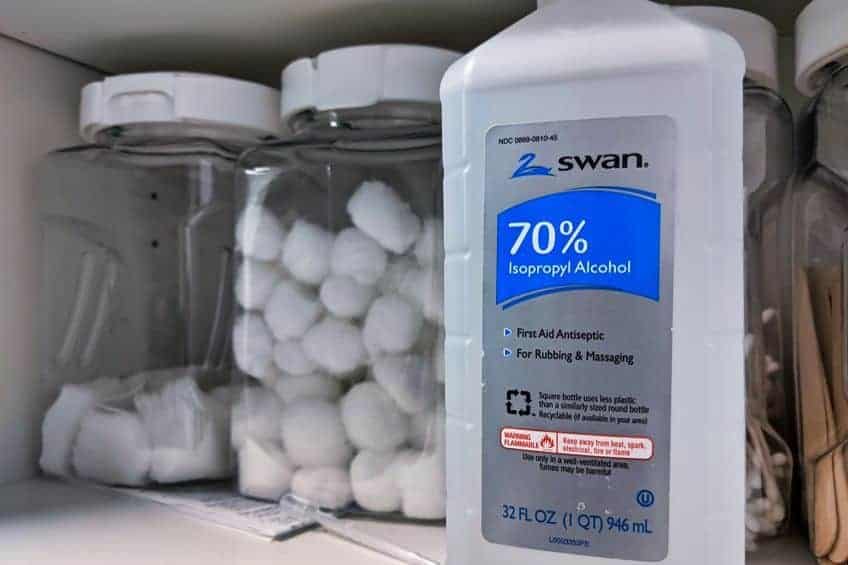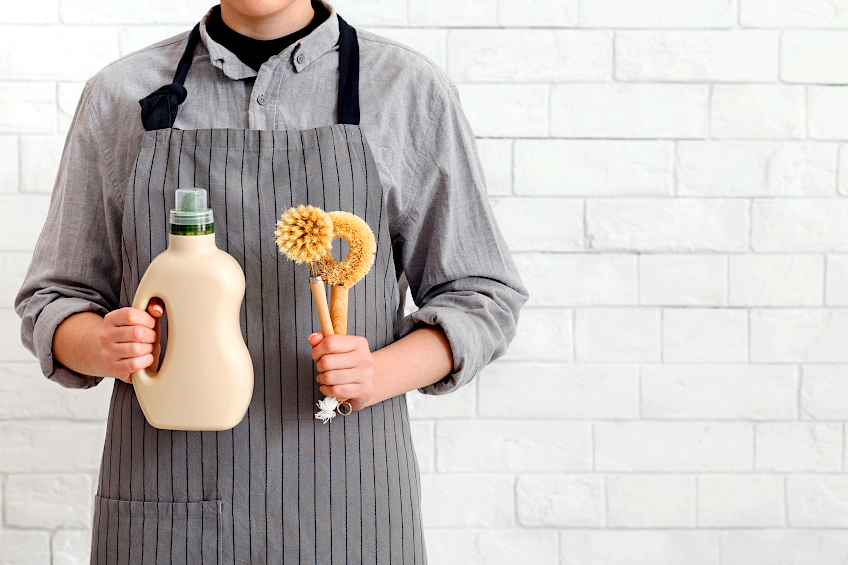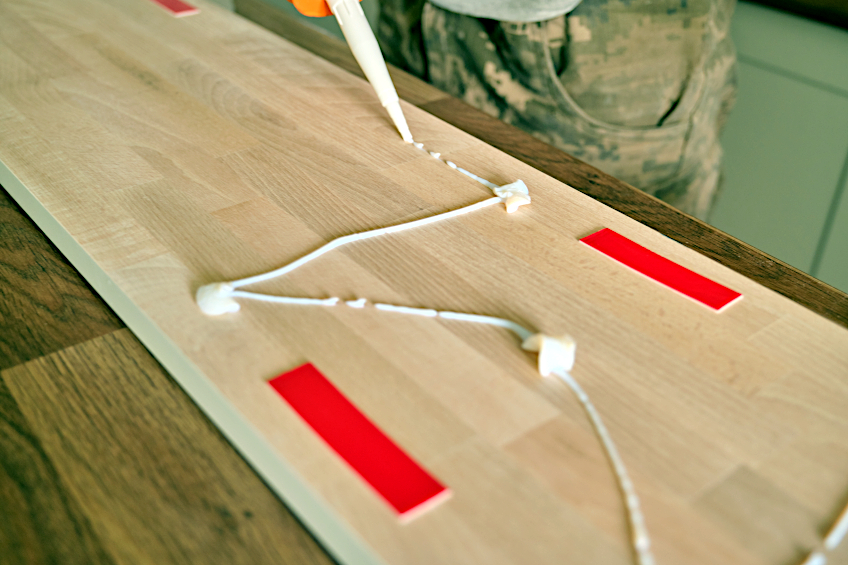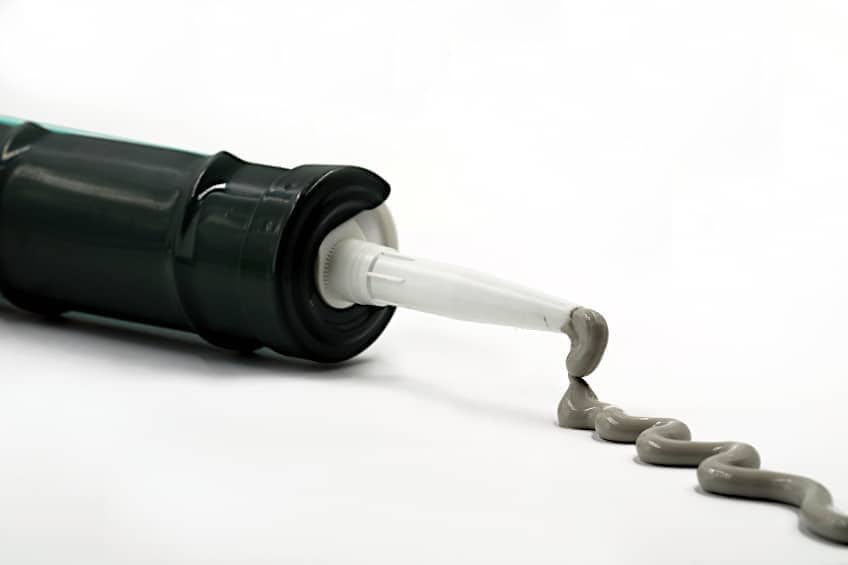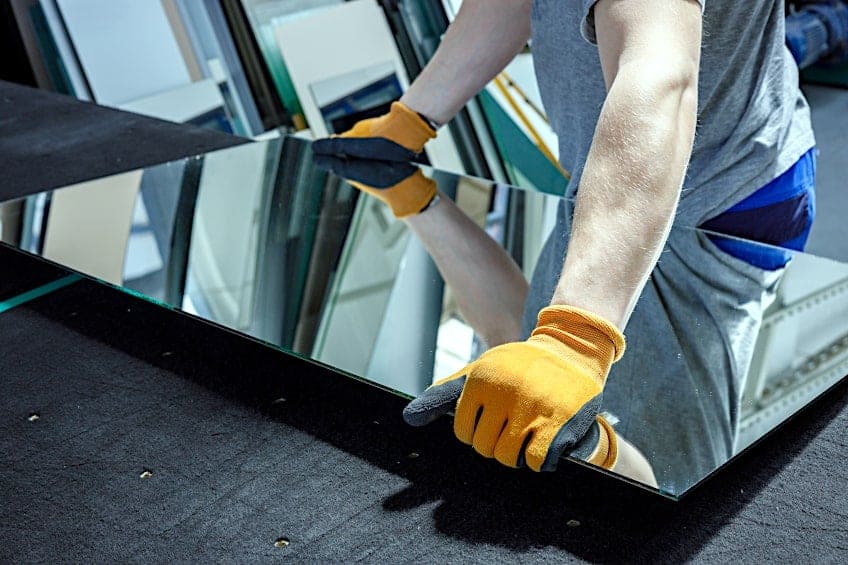How to Glue Mirror to Wall – Easy Mirror Adhesion Tips
This post may contain affiliate links. We may earn a small commission from purchases made through them, at no additional cost to you. You help to support resin-expert.com
Until you need one, you probably don’t think about mirrors much. People have been using mirrors for thousands of years, in fact, the first-ever mirrors were made of a reflective volcanic rock known as obsidian around 8,000 years ago! Since then, we’ve discovered ways for other materials that are either naturally reflective or can be hyper-polished to be used as mirrors. We’ve gone through many materials in an effort to see our reflections, from silver, to nickel, to chromium, as obsidian as we mentioned previously. Throughout this process of innovation, one question has remained the same; should you have your mirror or glue it? We’d argue the latter, so let’s have a look at how to glue a mirror to a wall, the best way to go about it, the best wall mirror adhesive, and why adhesives are superior to fasteners.
Why Are Adhesives Superior to Fasteners?
Why are adhesives superior to fasteners? Fasteners have been around for a really long time and at a certain point were the cutting edge in securing things to vertical surfaces, but as technology developed and new research began in the fields of adhesive compounds they became less and less popular.
Why did this happen, though?
Uniform Adhesion
One reason that many people prefer using an adhesive over fasteners is that instead of only securing your mirror at one or two points, the mirror is able to become flush with the surface of the wall. This means that your reflection won’t be warped by perspective and your mirror will be far more secure than it would if you had used a fastener.
Durability
If you’ve been in an old house with permanent mirror installations, then you know that fasteners can wear over time. Nails and even wall clips can wear through the concrete or drywall they’ve been secured to, which can lead to your mirror rattling around and even becoming lopsided over time.
This being said, a wall mirror adhesive will last you a lifetime without failing.
Low Probability of Corrosion
The problem with metal is that it tends to decay and degrade over time, which means that eventually, the fasteners holding your mirror to the wall will fail, leaving some decidedly reflective shards for you to clean up. A wall mirror adhesive, on the other hand, can only have its bond dissolved with certain solvents, which means your mirror will be safe.
No Holes Needed
One of the primary problems with fasteners is that you need to drill holes in order for them to be effective. This often required the use of sleeves and/or raw bolts to ensure that your fastener of choice doesn’t move around once inside the wall, all of which require measurement and precision to install effectively.
When using a wall mirror adhesive, all you need to do is apply it to your workpiece and stick it right on your surface of choice.
Increased Versatility and Reduced Cost
The problem with fasteners is that good quality ones can cost you quite a bit of money especially if you need many of them. Lots of fasteners are designed to fulfill a specific purpose and therefore they aren’t very versatile either. A wall mirror adhesive, on the other hand, can be used for a variety of applications and can end up being a lot less expensive depending on the brand and quality you choose.
They also allow you to install a mirror much quicker than if you were to use fasteners, so they save you time as well.
How to Glue a Mirror to a Wall
Now that you know why to use an adhesive to secure your mirror, we thought that it might be a good idea to show you how to glue a mirror to a wall. Always remember to ensure that you are wearing a mask and gloves when working with high-strength adhesives, and to ensure that your environment is well ventilated with constant airflow.
When purchasing your adhesive, ensure that it is formulated for use on mirrors. An incorrect glue may contain chemicals that will corrode your mirror backing over time. As a mirror is essentially glass with a reflective backing, any damage to this backing will be visible through the mirror glass.
Measure Your Mirror
As you can imagine not all mirrors are the same size and therefore, they all need their own means of being secured depending on their dimensions. Even though we’re for adhesive use, if your mirror is over a certain size, over-the-counter adhesives probably won’t do the trick. Mirrors that are larger than 2 feet by 2 feet cannot be secured using common adhesives, so you’re going to be stuck with fasteners if this is the case.
If your mirror is smaller than this, you should be able to use common epoxy adhesives comfortably. This doesn’t mean that there aren’t adhesives out there that are capable of securing loads of this size, but you’ll likely have to order them privately by finding a manufacturer who specializes in high-strength adhesives.
Prepare Both Surfaces
Surface preparation is one of the most important parts of using an adhesive. How do you prepare your mirror and wall for use with adhesives, you ask? Well, if you’re working with drywall, you should consider giving the surface a good sanding before you clean it. This will increase the surface friction of the drywall and allow the adhesive to adhere to it better.
Preparing a mirror, on the other hand, can be a lot more complicated. This is because mirrors can have a variety of backing, including no backing at all. If you’re working with a wooden backing, a light sanding will do and the same can be said for synthetic materials like plastic or laminate. Mirrors with no backing can be cleaned and primed with rubbing alcohol, the same process that is used for painting glass surfaces.
Clean Both Surfaces
The key to using an adhesive effectively is to prepare both surfaces you’ll be joining effectively. Cleaning both surfaces ensures that the adhesive is able to bond to each without any dust or other particles interfering in the bonding process. This being said, the best way to clean a wall is by using some good old-fashioned soap and water.
Cleaning the back of a mirror (if it’s backed at all) depends on the type of material you’re working with. For metal, you could use alcohol, whereas wood or laminated backing can be cleaned with a damp cloth and/or some soap and water. Once you’re given the wall and mirror a thorough cleaning, be sure they’ve dried completely before moving on to the next step in the process.
Apply Your Adhesive
Now for the fun part! Applying your adhesive should be done methodically to achieve the best bond between your mirror and wall. The best way to go about is to apply the adhesive in strips along the back of the mirror, roughly strips one-quarter-inch in width to ensure that it spreads nicely once it’s squished up against the wall.
These strips should be around six inches apart to ensure that there is enough space for air to circulate in the gap between the wall and the mirror. Why is this necessary? Moisture tends to gather in places where fresh air is scarce, which can lead to mold that could eat away at your adhesive over time.
Adhere Your Mirror
This part can get tricky. The best way to ensure that your mirror is applied to your wall correctly is to plan out where and how it will be stuck in advance. You can do this by marking or even outlining the position you’d like your mirror to be in, and if it helps, feel free to use the mirror as a stencil for this stage. Once you know where you want your mirror to be, press it up against the wall.
Once you have it up against the wall, keep applying pressure. Slowly release pressure from the mirror to see if the adhesive is suspending it effectively, and if it is, allow it to cure for around 24 to 48 hours before giving it a tug to check if the adhesive has worked correctly. Be sure to clean up any adhesives that have been squeezed out along the edges of the mirror with a clean cloth afterward.
Now that you know why adhesives are superior to fasteners, why you would want to glue your mirror to a wall instead of using fasteners, when it is appropriate to use fasteners instead of adhesive, and how to effectively use an adhesive to attach your mirror to a wall, it’s time for you to get out there and put your newfound knowledge to the test. Remember to choose a glue formulated for use on mirrors, always work in a well-ventilated area when working with adhesives, and to wear the appropriate personal protective gear.
Frequently Asked Questions
What Is the Best Glue for Mirror-to-Wall Adhesion?
What is the best glue for mirror-to-wall adhesion? This depends on the type of mirror and the type of wall surface you’re looking to join. We recommend any one- or two-part heavy-duty epoxy adhesive capable of suspending a decent amount of weight.
How to Stick a Mirror to a Wall?
Wondering how to stick a mirror to a wall? The process is pretty simple even though it can seem a bit daunting at first. All that you need to do is sand both surfaces, ensure that both surfaces are clean, apply your adhesive, press your mirror to your wall, and then allow it to dry and cure for the manufacturer’s recommended time period.
Can You Stick a Frameless Mirror to a Wall?
Wondering what the best way to stick a frameless mirror to a wall is? Arguably the best way to go about suspending a frameless mirror is to use little clips that attach to the edge of the mirror. These can be adhered to a wall either by using a high-strength adhesive or some fasteners.


